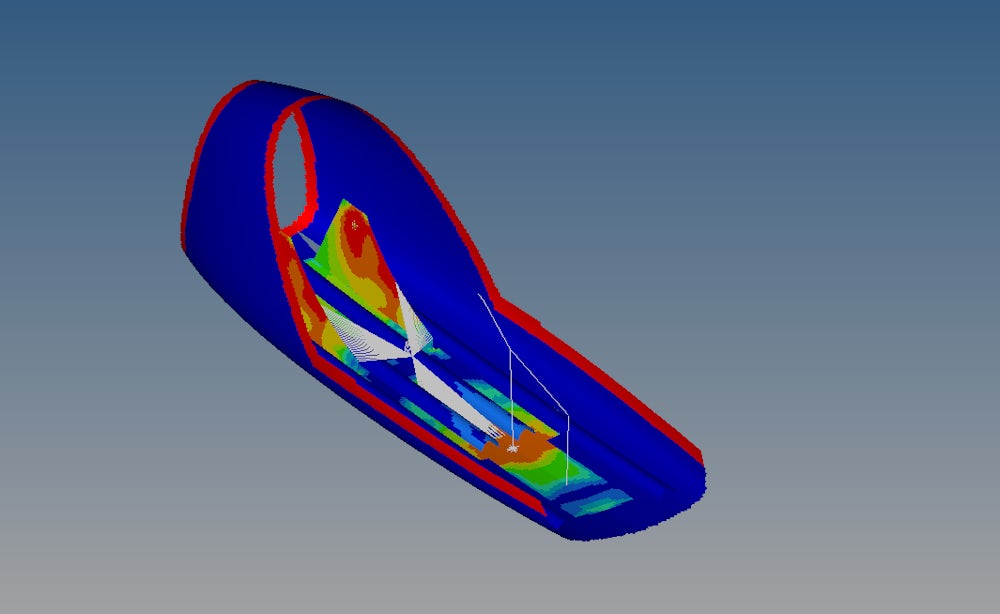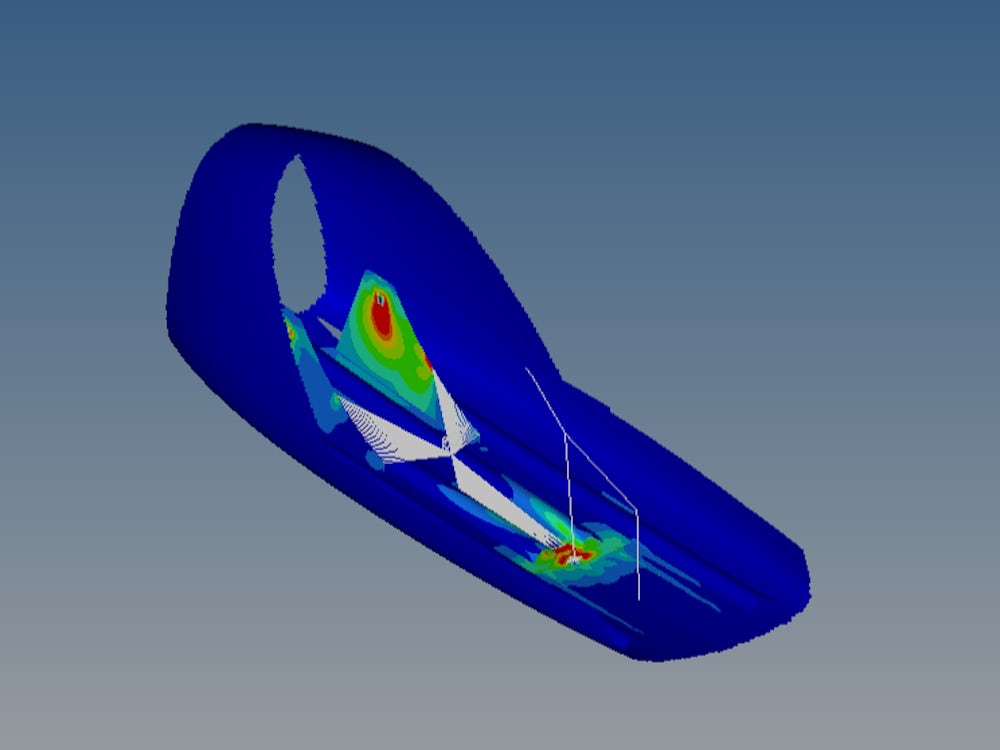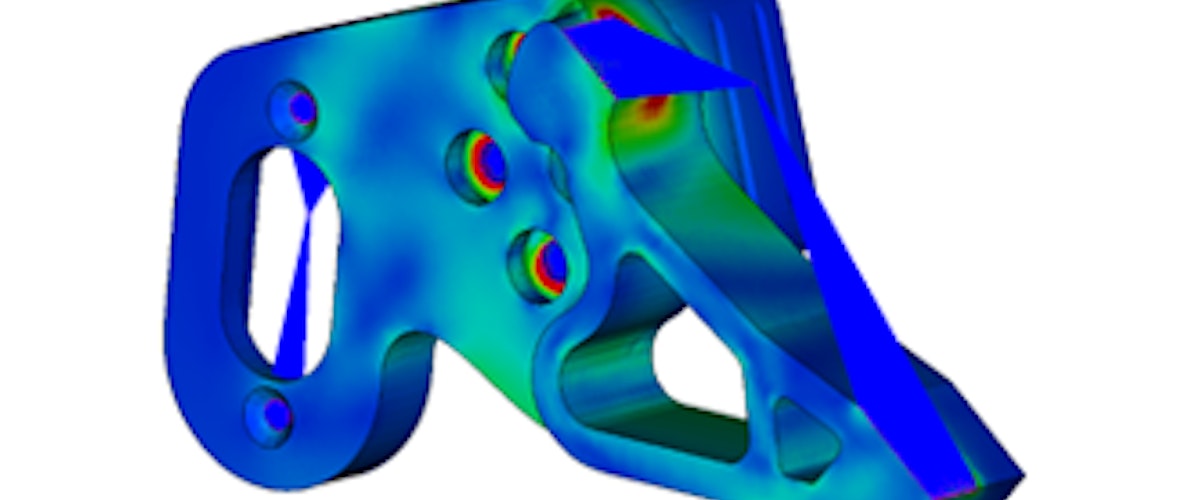Let's start with the beginning, what is the FEM analysis and what does it mean?
FEM analysis is the acronym for Finite Element Method. This type of analysis is used in structural mechanics, thermodynamics, fluid dynamics and much more. Today, we will focus on how we implemented the finite element analysis to predict the structural behaviour of our prototype.
What is the finite element method?
The finite element method allows us to find solutions to very complex physical problems described by differential equations that cannot be solved analytically. With this method we are able to transform such problems into algebric equations that can be solved by the computer. This happens by subdividing the starting geometry into small elements, which composes what is called a mesh. The size of these elements are based on the desired accuracy of the solution. This method allows us to solve the problem punctually, and to calculate the physical quantities we need stress, deformation, displacement, etc.. Finally, the results are added together to produce the complete analysis. For this process we rely on BETA CAE Systems software which, through ANSA, allows us to carry out this calculation easily and quickly, obtaining high quality final elements.
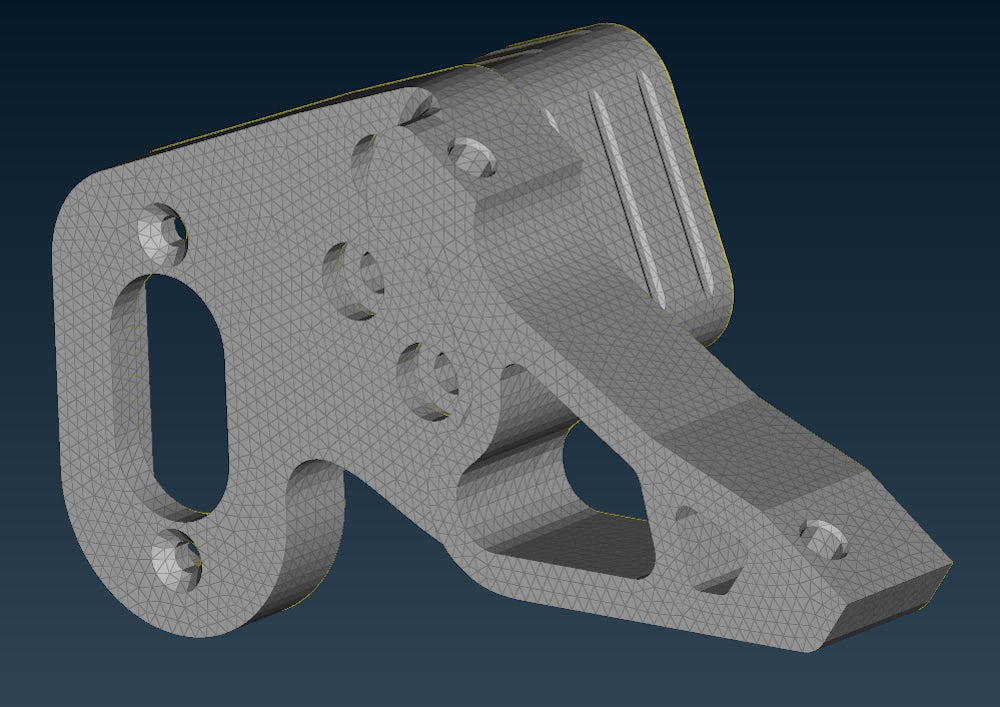
Why is FEM analysis used?
We mainly use this analysis to predict the structural behaviour of our components. By integrating analysis into the design process, we can assess the impact of specific changes in geometry or material without having to produce a prototype every time. We can identify critical or weak points on the structure and improve it before production. To choose the best material for each type of application, the mechanical design department and the FEM analysis department must work closely together all along the design phase. In our case, we wanted to compare the behaviour of different materials for the rear dropouts of the prototype. We also evaluate new generation materials, such as the Onyx with continuous fibre reinforcement. Compared to the aluminium counterpart, which weighs 155 gr., we were able to reduce the weight of the bike up to 50 gr..
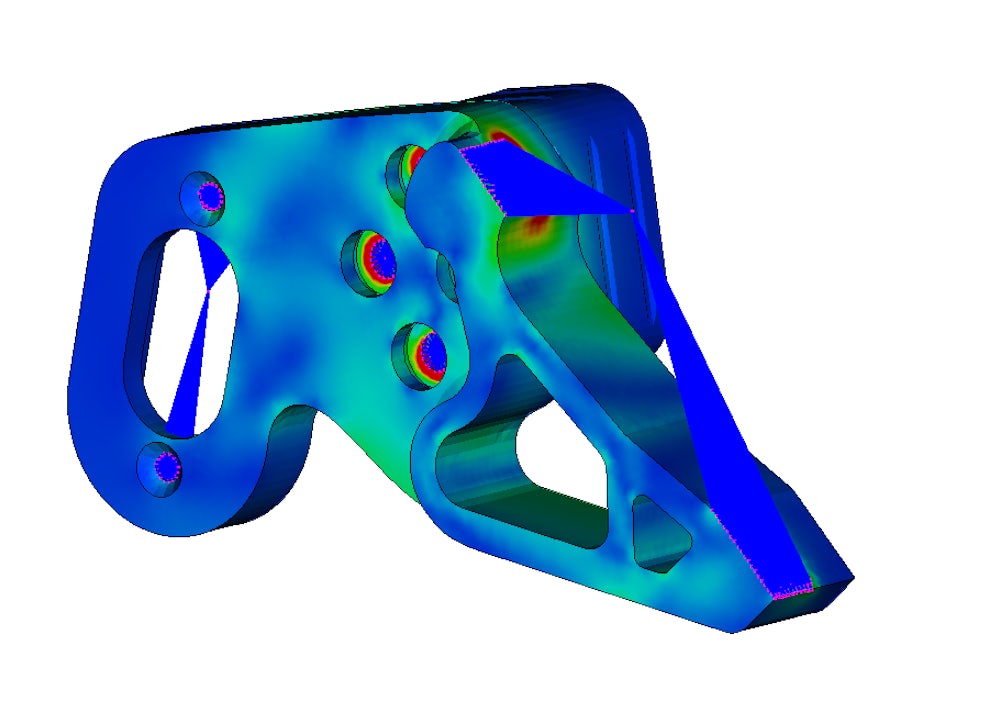
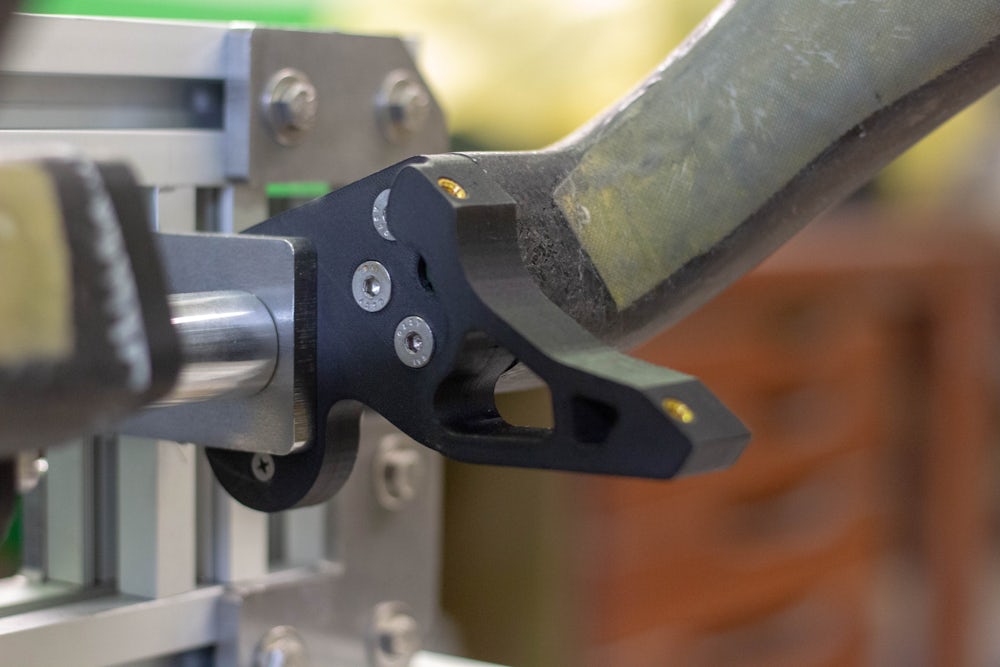
The finite element analysis is crucial for the production of composite components. Due to its orthotropic nature, it is very complicated to predict its future behaviour and therefore to decide the arrangement of the layers.
Optimisation using finite elements
One of the most important and interesting aspects of the finite elements is the possibility of optimisation of the structures. In recent years, thanks to the additive manufacturing, there has been increasing talk about the topological optimisation. In simple terms, it allows us to start from an initial rough structure and once loads and constraints have been applied, the solver, by acting on various parameters, can obtain a structure optimised for a certain purpose. We can obtain the lightest structure possible while maintaining a certain safety coefficient, or we can find the most rigid geometry by imposing a maximum weight as a target. In the team, we implement this type of analysis continuously to improve the quality and weight of our components. An example of this is the cranks of our bicycles, which were obtained during a study carried out the thesis work of a team member. Starting from a crank weighing 645 gr., we were able to use topological optimisation studies to create a crank weighing just 178 gr..


Finally, through this type of analysis, we can carry out optimisations about the lamination of composite materials. They work in a similar way to the topological ones, but they also act on the orientation and thickness of the layers. Thanks to the process described up above, we can reduce material waste and save weight without losing the rigidity of the structure. In this field Altair, through its Optistruct solver, allows us to carry out optimisations and thus obtain the number, order, and thickness of each individual layer of our prototypes.
